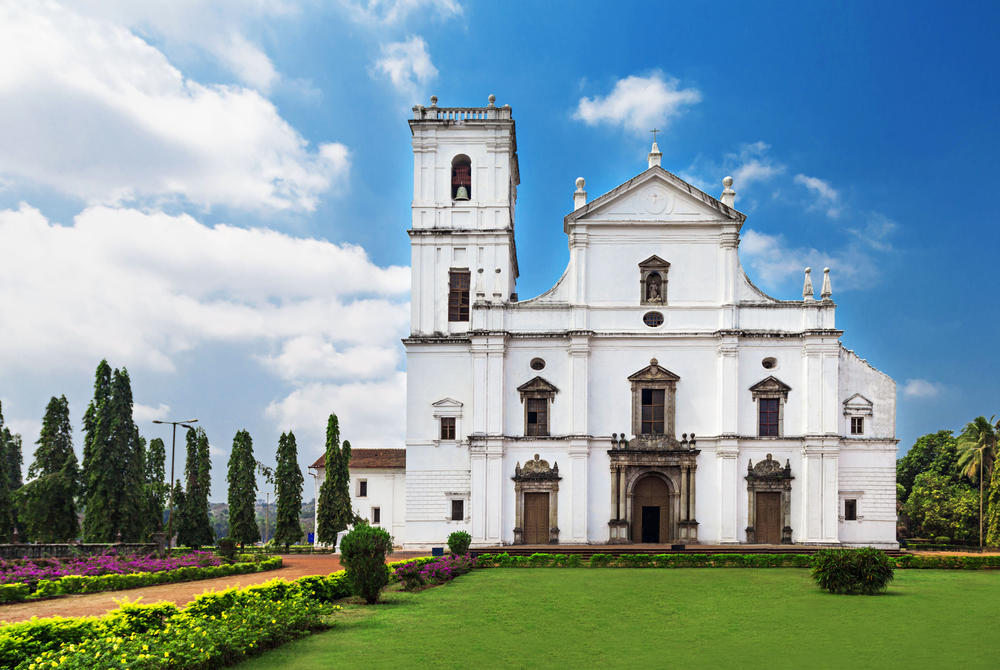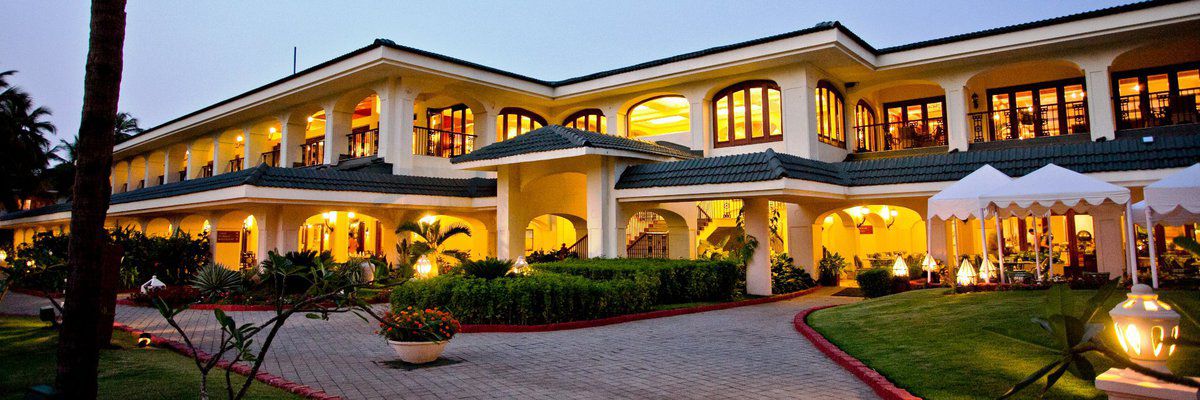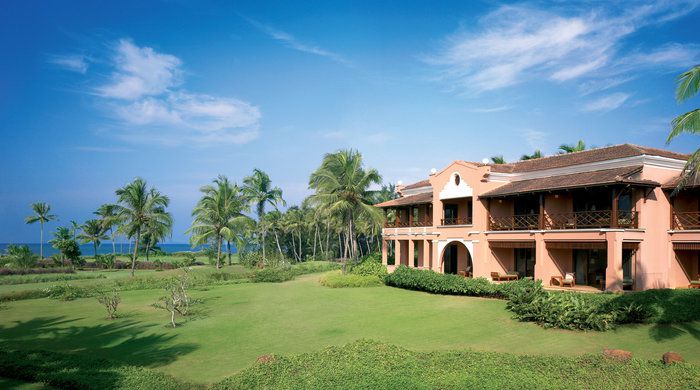Introduction
Goa is known for its idyllic beaches, outstanding monuments and great hotels. The beautiful landscapes, colonial architecture, lush jungles, ruined forts, centuries-old churches and lavish basilicas are as much a draw as the sandy, palm-fringed beaches and clean waters of the Arabian Sea. Most visits are centred around the towns of Panaji, Margao, Vasco and Ponda and the various beaches up and down the coast.
Old Goa
Deserted Old Goa retains the grand architecture of the once vast Portuguese capital, which was established in 1510, well before the British gained a foothold in the country, and outlasted the Raj by more than a decade. With one of the finest collections of Renaissance architecture in the world, enchroached upon by overgrown jungle, Goa Dourada, or golden Goa, was once the largest, richest and most splendid city in Asia. Elsewhere, elegant colonial-era mansion palacios dot the Goan landscape.

Goa's beaches
In North Goa many top luxury hotels are located around the Aguada Fort peninsula, near the mouth of the Mandovi River, or on Candolim Beach and Sinquerin Beach. In the prosperous south, the most popular areas include Majorda Beach, Benaulim Beach, Mobor Beach and Palolem Beach. Much quieter than the north, the region is full of lush coconut thickets, paddy fields and pretty villages. A temperate climate makes Goa great year-round, though there are heavy monsoon rains from June to September. Goa's beach resorts are among the best in India, with perennial favourites such as the Taj Exotica (pictured below) offering the ultimate blend of golden sands, delicious seafood and indulgent spa treatments – a wonderful way to relax at the end of your India holiday.












